10 Best Herbal Decoctions For Pink Eye

Herbal decoctions have been traditionally used to alleviate symptoms of pink eye, or conjunctivitis, by leveraging the anti-inflammatory and antimicrobial properties of various plants.
Common herbs such as chamomile, calendula, and green tea are often prepared into warm infusions to soothe irritated eyes and reduce redness. These decoctions may help ease discomfort and promote healing when applied gently as compresses or eye washes. However, it is important to consult a healthcare professional before using herbal remedies, especially if symptoms persist or worsen.
While herbal decoctions can offer natural relief, they should not replace medical treatment for bacterial or viral causes of pink eye.
FREE Herb Drying Checklist
How to make sure every batch retains maximum flavor, color, and aroma without the risk of mold or over-drying. Eliminate guesswork and trial-and-error, making herb drying faster, easier, and more efficient every time.
Table of Contents
1. Hypericum perforatum
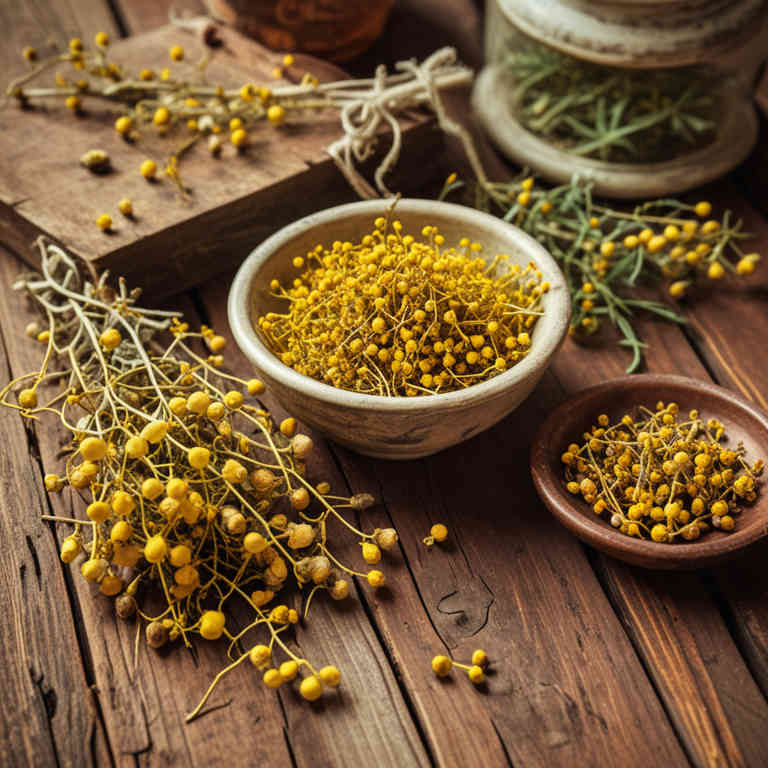
Hypericum perforatum, commonly known as St. John's Wort, has been traditionally used in herbal medicine for its purported anti-inflammatory and antimicrobial properties.
While it is more widely recognized for treating mild depression, some historical uses suggest it may have been employed for eye conditions, including pink eye, due to its potential to reduce inflammation and combat bacterial infections. However, there is limited scientific evidence supporting the efficacy of hypericum perforatum decoctions specifically for pink eye, and its use for this purpose remains largely anecdotal. The preparation of a decoction typically involves boiling the dried herb in water, and while some individuals may find it beneficial, it is important to consult a healthcare provider before using it for eye infections.
Due to the risk of interactions with other medications and potential side effects, it is not recommended as a primary treatment for pink eye without professional guidance.
2. Chamomilla recutita
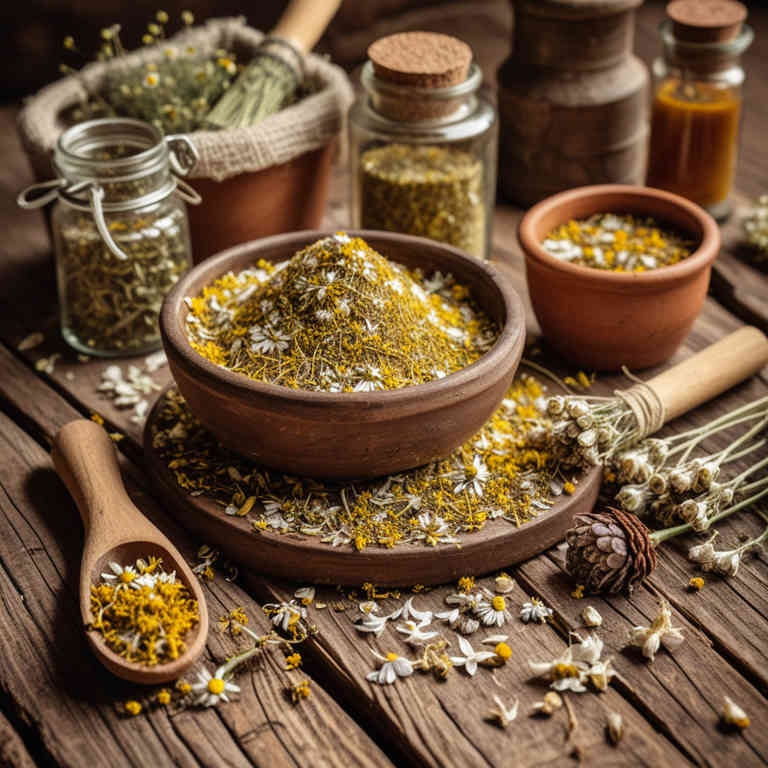
Chamomilla recutita, commonly known as German chamomile, has been traditionally used in herbal medicine for its anti-inflammatory and antiseptic properties.
Herbal decoctions made from chamomilla recutita are often prepared by steeping the dried flowers in hot water, creating a soothing infusion that can be applied as a compress or used as a rinse. These decoctions may help alleviate symptoms of pink eye by reducing redness, swelling, and irritation in the affected eye. While not a substitute for medical treatment, chamomile decoctions are sometimes used as a complementary therapy under the guidance of a healthcare professional.
However, it is important to ensure that the preparation is sterile and that the individual does not have an allergic reaction to chamomile.
3. Urtica dioica
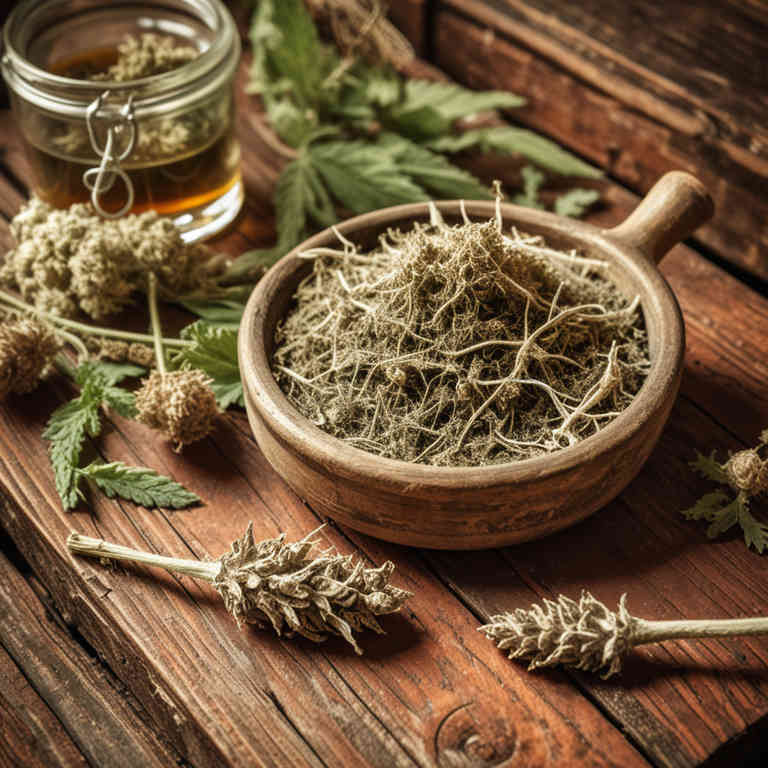
Urtica dioica, commonly known as stinging nettle, has been traditionally used in herbal medicine for its anti-inflammatory and antiviral properties.
While there is limited scientific research specifically on its use for pink eye, some practitioners suggest that a decoction of stinging nettle may help reduce ocular inflammation and discomfort associated with the condition. To prepare the decoction, the leaves and stems are typically boiled in water for several minutes, then strained and cooled before application. However, it is important to note that using stinging nettle for pink eye should not replace professional medical treatment, especially for bacterial or viral infections.
Always consult with a healthcare provider before using any herbal remedy, as improper use could lead to irritation or worsen the condition.
4. Achillea millefolium
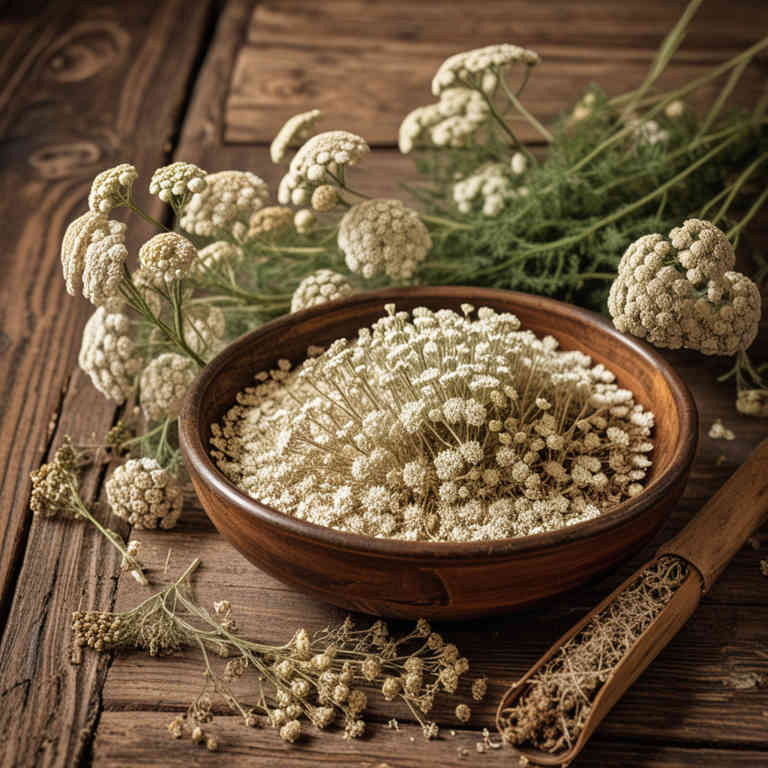
Achillea millefolium, commonly known as yarrow, has been traditionally used in herbal medicine for its anti-inflammatory and antimicrobial properties.
While it is not a primary treatment for pink eye, some herbalists suggest using a decoction of yarrow as a supportive remedy to alleviate symptoms such as redness and irritation. To prepare the decoction, dried yarrow leaves and flowers are boiled in water and then cooled, allowing the liquid to be used as a compress or eye wash. However, it is important to note that there is limited scientific evidence supporting its efficacy for pink eye, and it should not replace professional medical treatment.
Individuals with sensitive eyes or allergies should consult a healthcare provider before using any herbal remedy, including yarrow decoctions.
5. Rosa canina

Rosa canina, commonly known as rose hip, has been traditionally used in herbal medicine for its anti-inflammatory and antioxidant properties.
When prepared as a decoction, rose hip can be used to support eye health and may help alleviate symptoms of pink eye due to its high content of vitamin C and bioflavonoids. The decoction is typically made by simmering the dried rose hips in water for several hours to extract their beneficial compounds. While some anecdotal evidence suggests it may provide relief, it is important to consult a healthcare professional before using it as a treatment for pink eye, especially if symptoms persist or worsen.
Overall, rosa canina herbal decoctions may serve as a complementary therapy but should not replace conventional medical care for infectious or severe cases of pink eye.
6. Euphrasia officinalis
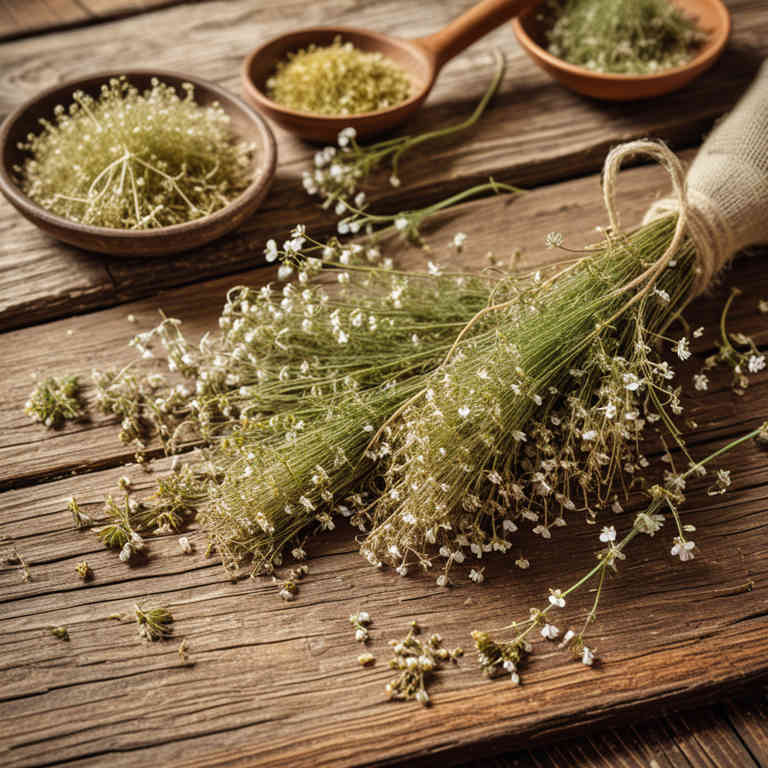
Euphrasia officinalis, commonly known as eyebright, has been traditionally used in herbal medicine for its purported benefits in treating eye conditions, including pink eye.
Herbal decoctions of Euphrasia officinalis are typically prepared by simmering the dried leaves and flowers in water to extract their active compounds. These decoctions are believed to possess anti-inflammatory, astringent, and antimicrobial properties that may help alleviate symptoms such as redness, itching, and discharge associated with pink eye. While some anecdotal evidence supports its use, scientific studies on its efficacy for infectious conjunctivitis are limited.
It is important to consult a healthcare professional before using herbal remedies, especially for bacterial or viral infections that may require medical treatment.
7. Aloe barbadensis
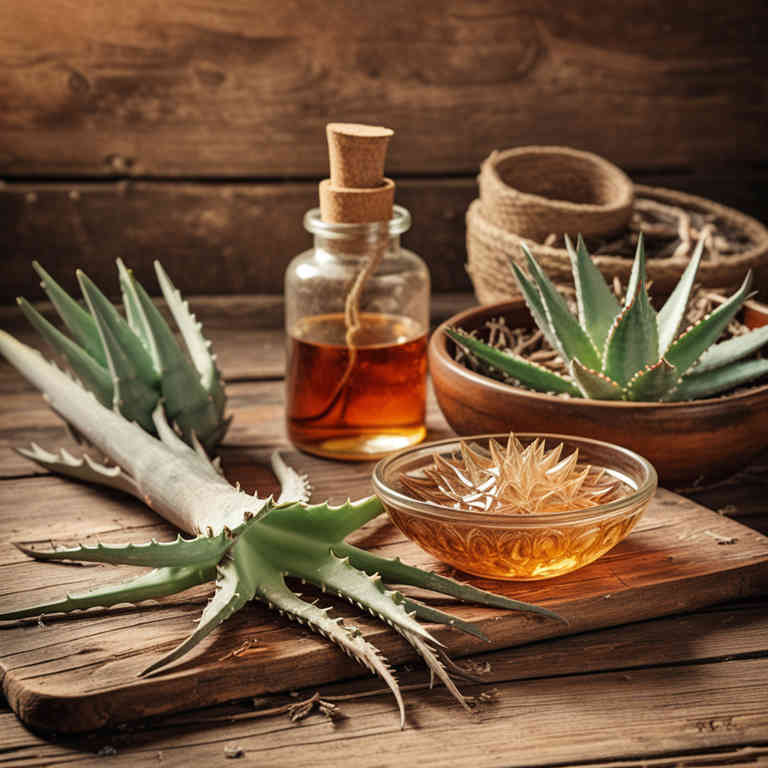
Aloe barbadensis, commonly known as aloe vera, has been traditionally used for its soothing and healing properties, and its herbal decoctions have been explored for their potential benefits in treating pink eye.
The gel extracted from the aloe plant contains anti-inflammatory and antimicrobial compounds that may help reduce redness, swelling, and infection associated with conjunctivitis. When prepared as a decoction, aloe vera can be applied as a warm compress to the affected eye, potentially providing relief from irritation and discomfort. However, it is important to note that while some anecdotal evidence supports its use, scientific studies on its efficacy for pink eye are limited, and it should not replace professional medical treatment.
Individuals with allergies or sensitivities to aloe should exercise caution and consult a healthcare provider before using it for eye conditions.
8. Matricaria chamomilla
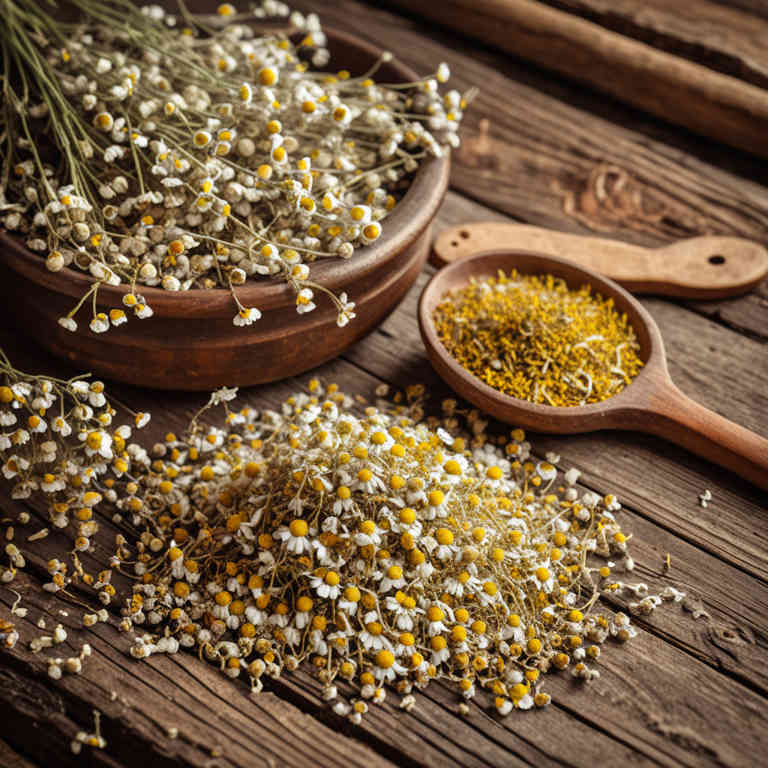
Matricaria chamomilla, commonly known as chamomile, has been traditionally used in herbal medicine for its anti-inflammatory and antimicrobial properties.
When prepared as a decoction, chamomile can be applied as a warm compress to the affected eye to help alleviate symptoms of pink eye, such as redness and irritation. The active compounds in chamomile, including bisabolol and flavonoids, may help reduce swelling and combat bacterial or viral infections. However, it is important to note that while chamomile may provide symptomatic relief, it is not a substitute for medical treatment, especially in cases of bacterial conjunctivitis.
Always consult a healthcare professional before using herbal remedies for pink eye to ensure safety and effectiveness.
9. Salvia officinalis
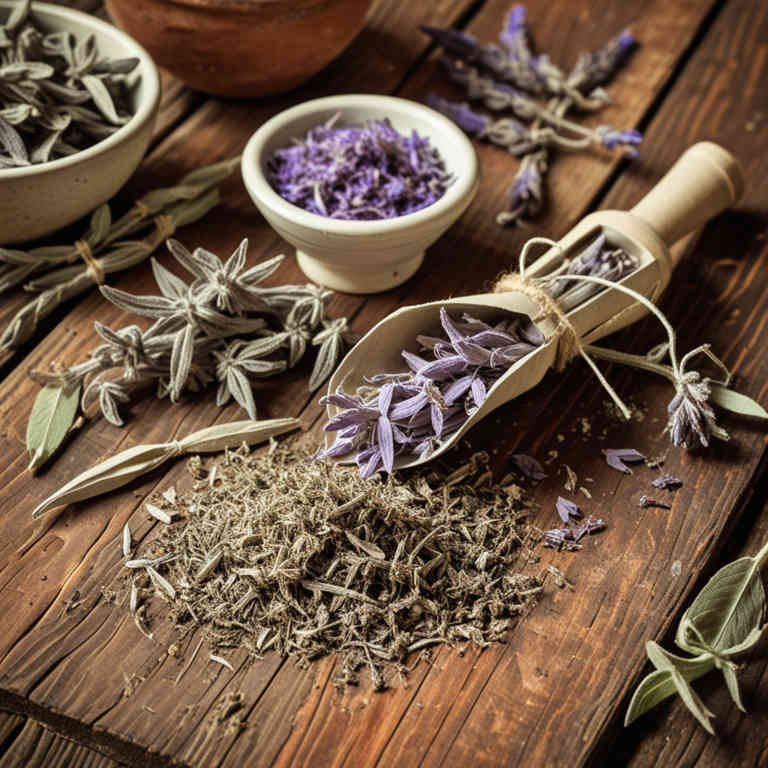
Salvia officinalis, commonly known as sage, has been traditionally used in herbal medicine for its antimicrobial and anti-inflammatory properties.
While it is not a conventional treatment for pink eye, some herbal decoctions made from sage leaves may help reduce symptoms by soothing irritated eyes and potentially combating bacterial infections. To prepare a sage decoction, dried sage leaves are simmered in water to extract their active compounds, which can then be cooled and used as a compress or eye wash. However, it is important to consult a healthcare professional before using any herbal remedy for pink eye, as improper use could worsen the condition.
Despite its historical use, sage decoctions should not replace prescribed treatments for bacterial or viral conjunctivitis.
10. Pimpinella anisum
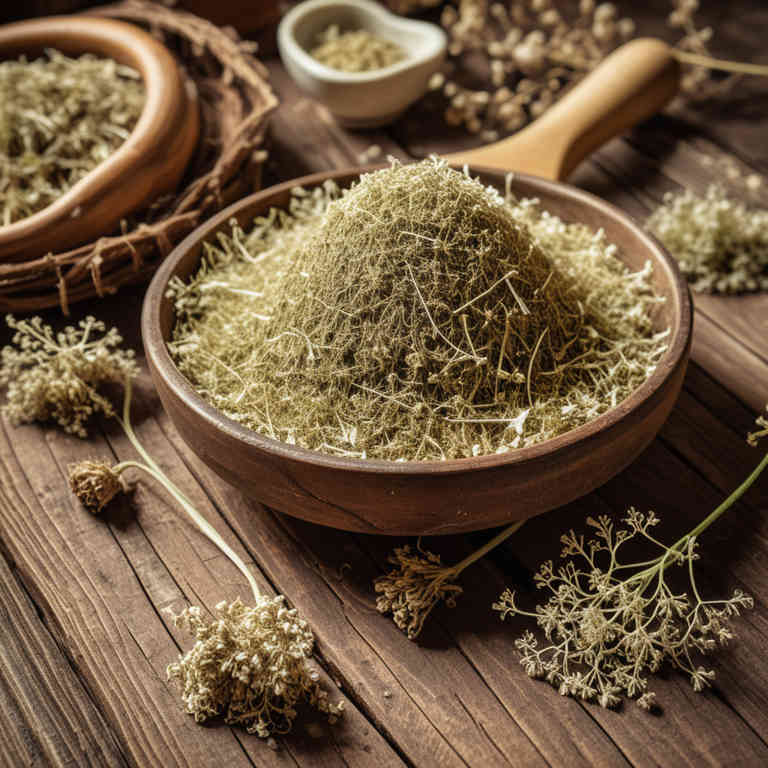
Pimpinella anisum, commonly known as anise, has been traditionally used in herbal medicine for its potential therapeutic properties.
Herbal decoctions made from anise seeds are believed to possess antimicrobial and anti-inflammatory effects, which may be beneficial in treating conditions like pink eye. The essential oils in anise, particularly anethole, are thought to help reduce eye irritation and combat bacterial infections associated with conjunctivitis. While some studies suggest that anise may support eye health, it is important to note that it should not replace professional medical treatment for pink eye.
As with any herbal remedy, it is advisable to consult a healthcare provider before using anise decoctions, especially for severe or persistent cases of the condition.